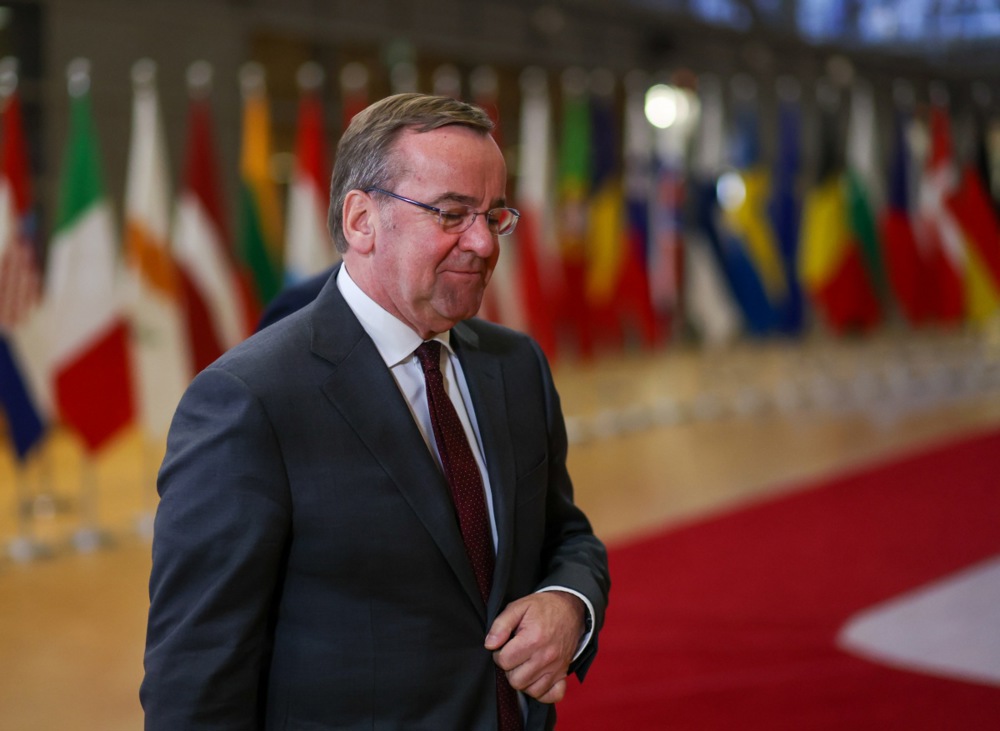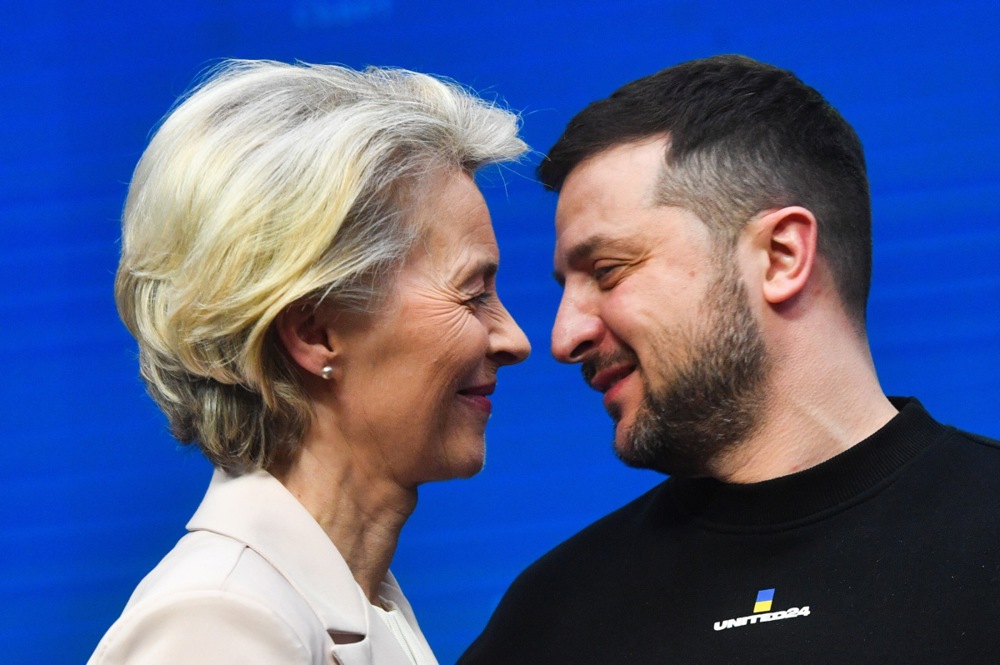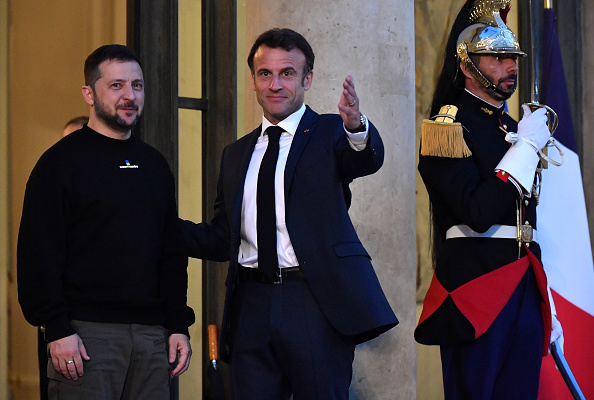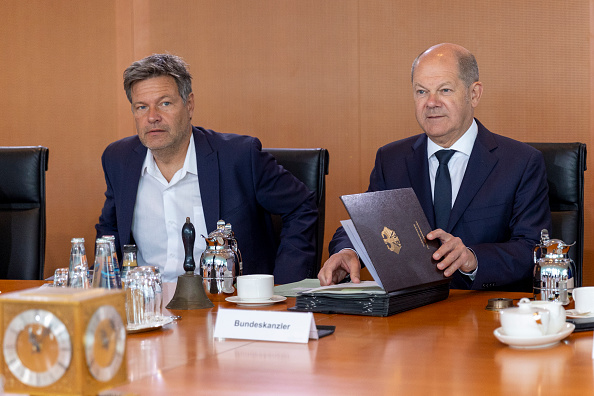The European Union should prepare to tap a little-used €80 billion rescue fund to support Ukraine’s war against Russia as the flow of money from both sides of the Atlantic threatens to dry up, according to Finland’s Olli Rehn.
Set up on the Finnish central banker’s watch to provide loans to distressed euro-area countries when he was EU economic affairs commissioner, the European Stability Mechanism could be at the centre of a multi-year “Plan B” to assist Kyiv, he said.
“We have no imminent need for the ESM in financial markets, but we have a profound urgency, an existential urgency in Ukraine,” Rehn told Bloomberg in an interview on Thursday. “It’s a matter of freedom, democracy and the defence of Europe.”
With President Volodymyr Zelenskiy failing to secure a guarantee of more US aid in Washington, and EU funding blocked, or at least delayed, by Hungarian Prime Minister Viktor Orban, Kyiv risks running out of money early next year to help it repel Russia’s invasion.
Finding funds fast is essential to contain Russian President Vladimir Putin’s “threat and imperialist aspirations,” Rehn said. US lawmakers have abandoned efforts to reach a deal this year on more than $60 billion in fresh assistance, and talks on the EU’s €50 billion package have been pushed into February.
| Other Elements of Rehn’s Plan: |
|---|
|
“I’m very concerned about Europe’s disunity and Hungary’s veto,” he said. “There’s no time to waste, so the other 26 EU member states should quickly get their act together and prepare a Plan B without the consent of Hungary, which seems to be going its own way.”
Rehn, who oversaw Europe’s economy as commissioner during the debt crisis and held the bloc’s enlargement portfolio before that, is intimately familiar with the EU’s funding mechanisms and the aspirations of eastern member states. Most recently on the European Central Bank’s Governing Council, the 61-year-old is currently on leave from the Bank of Finland after joining the race to become the Nordic country’s president in next month’s election.
The ESM, set up in 2012, has until now been considered a potential tool to support Ukraine’s reconstruction in deliberations among officials in Brussels and Berlin. The mechanism has the highest paid-in capital of any international institution, slightly more than €80 billion, and benefits from additional callable capital of about €620 billion, according to its managing director, Pierre Gramegna.
Rehn also proposed that “a realistic and solid long-term strategy for the EU” should include using the €260 billion in Russian Central Bank assets in the form of securities and cash frozen by the EU, Group of Seven nations and Australia. More than two-thirds of that is immobilized in the EU.
In a separate blow to attempted reforms of the ESM, the Italian lower house of parliament rejected their ratification on Thursday. The fund is politically toxic in Italy due to concerns over the risk of a restructuring of the nation’s mammoth public debt. Premier Giorgia Meloni has said Rome will never tap it, but EU peers have asked her to approve the backstop to allow other countries to access it.





